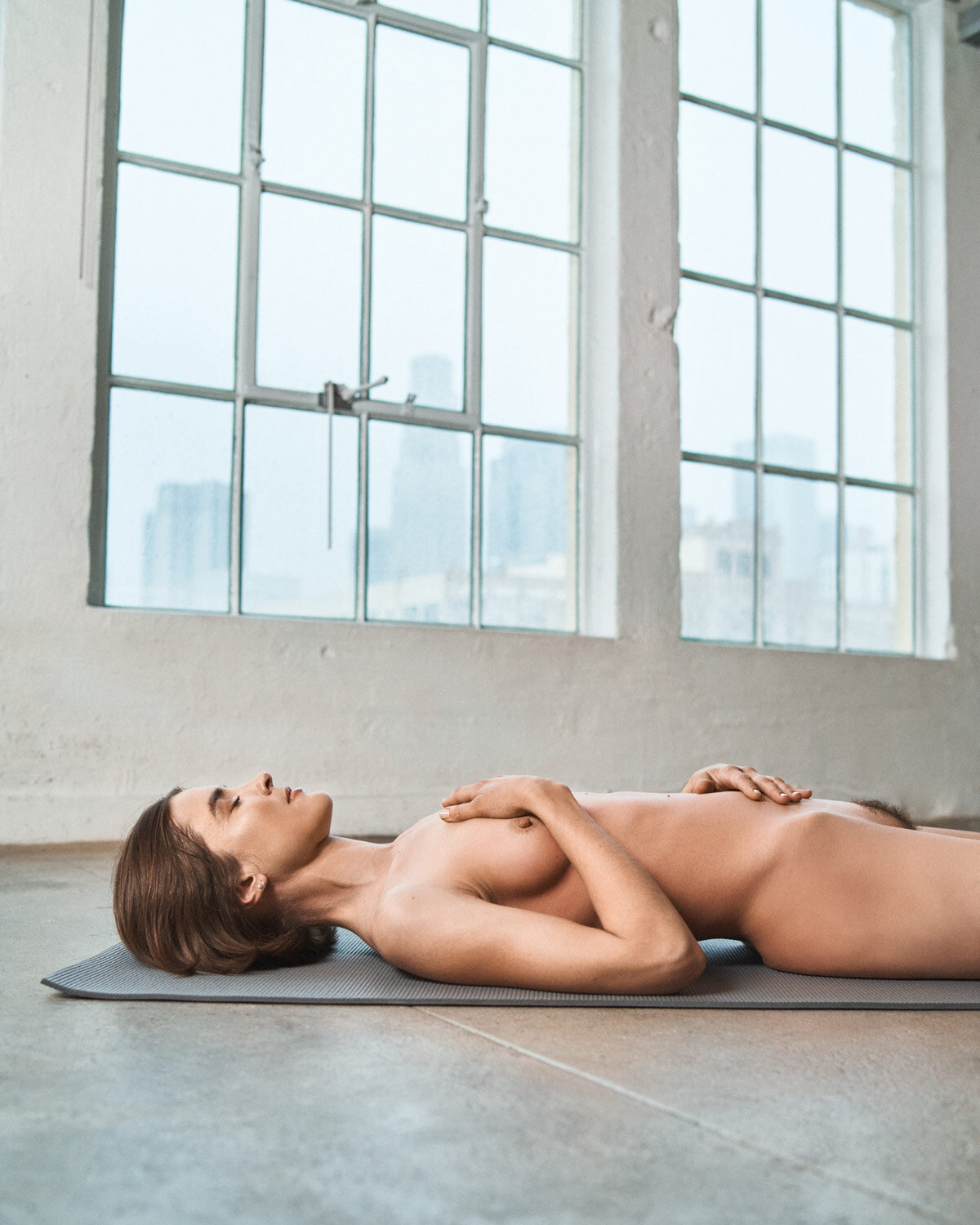5 Yoga Poses to Ease Anxiety & Calm the Mind
There’s a reason why millions of people around the world turn to yoga for anxiety relief: because it works! At its core, yoga is about creating harmony between the body and the mind. When one’s physical and mental energies are aligned, it’s much easier to release anxiety and allow happiness and positivity to thrive.
“…yoga offers a refuge from the chaos of daily life. With its gentle yet transformative power, yoga provides a sanctuary where individuals can find solace and relief from anxiety.”
Impact of Anxiety on Mental Health
Anxiety is a natural response to stress, but when it becomes excessive or persistent, it can have a detrimental effect on our mental and emotional well-being. It can manifest in various ways, including feelings of unease, restlessness, irritability, and even physical symptoms such as rapid heartbeat and difficulty breathing. The toll that anxiety takes on our overall health cannot be underestimated. It can disrupt our sleep patterns, impair our ability to concentrate, and negatively impact our relationships and daily functioning.
How Yoga Helps to Relieve Anxiety
Anxiety thrives on a busy mind, a racing heart, and stagnant energy. Often when we’re experiencing anxiety, our fight or flight mechanism is activated and we may feel frozen or unable to escape the mind’s perceived threats. Yoga provides a way out of this state through breathwork, mindfulness, and asanas (the poses), a powerful combination that activates the body’s relaxation response. The intentional breathwork involved in yoga slows the heart rate and anchors us within the present and within our bodies. This feeling of mindfulness that is cultivated helps us to escape the negative feedback loop that anxiety creates in the mind. Plus, the physical movements and postures of yoga help to ease anxiety by releasing endorphins, the body’s feel-good hormones.
5 YOGA POSES TO EASE ANXIETY
1. Child’s Pose
Child’s Pose, also known as Balasana, is a restorative pose that helps to release tension in the back, shoulders, and neck – areas where we often hold stress.
To practice Child’s Pose, start by kneeling on your mat with your knees hip-width apart. Gently lower your torso down, resting your forehead on the mat and extending your arms forward. Allow your hips to sink back towards your heels, feeling a gentle stretch in your lower back. Take slow, deep breaths, focusing on releasing any tension or anxiety with each exhale. Stay in this pose for 5-10 breaths, or as long as feels comfortable. If you have difficulty reaching your hips towards your heels, you may lower your torso down onto a bolster or pillow for support.
2. Standing Forward Fold
Standing Forward Fold, or Uttanasana, is a soothing pose that helps to calm the mind and relieve tension in the back and hamstrings.
Begin by standing tall with your feet hip-width apart. On an inhale, lengthen your spine. Exhale as you slowly fold forward from the hips, bending your knees as much as needed to bring your hands to the floor. If your hamstrings are tight, you can place your hands on blocks or rest them on your shins. Allow your head and neck to relax, feeling a gentle stretch in the back of your legs. Take deep breaths, allowing your body to surrender to gravity and release any stress or anxiety. Stay in this pose for 5-10 breaths, gradually working towards straightening your legs if possible.
3. Cat-Cow Pose
Cat-Cow Pose, or Marjaryasana-Bitilasana, is a dynamic flow that helps to release tension in the spine and promote a sense of grounding and stability.
Start on your hands and knees, with your wrists directly under your shoulders and your knees under your hips. On an inhale, drop your belly towards the mat, arching your back and lifting your tailbone and gaze towards the ceiling – this is Cow Pose. On an exhale, round your spine upwards, tucking your chin towards your chest and drawing your belly button towards your spine - this is Cat Pose. Flow between these two poses, synchronizing your breath with your movement. Feel the gentle massage of the spine, releasing any built-up tension or anxiety with each breath. Repeat this flow for 5-10 rounds, or as long as feels comfortable.
4. Legs-Up-The-Wall Pose
Legs-Up-The-Wall Pose, or Viparita Karani, is a deeply restorative pose that helps to calm the nervous system, reduce anxiety, and promote relaxation by changing the direction in which gravity affects blood flow.
Start by sitting sideways next to a wall, with your hip and shoulder touching the wall. Gently lie down on your back and swing your legs up the wall, keeping them straight. Adjust your distance from the wall so that your sitting bones are touching the wall and your legs are resting vertically. Place a folded blanket or bolster under your hips for added support if needed. Close your eyes and focus on your breath, feeling the support of the wall and the gentle stretch in the back of your legs. Stay in this pose for 5-10 minutes, allowing yourself to surrender to the present moment and release any tension or anxiety.
5. Corpse Pose
Corpse Pose, or Savasana, is the final relaxation pose in a yoga practice. It is a pose of complete surrender and deep rest, allowing the body and mind to integrate the benefits of the practice.
Lie down flat on your back with your arms by your sides, palms facing up. Close your eyes and take slow, deep breaths, allowing your body to relax and release any remaining tension or anxiety. Scan your body from head to toe, consciously releasing any areas of tightness or discomfort. As you rest in Savasana, allow yourself to be fully present in the moment, embracing a sense of calm and inner peace.
Incorporating Mindfulness and Breathwork into Your Yoga Practice
Mindfulness and breathwork are integral components of yoga that can greatly enhance its anxiety-relieving benefits. As you move through each pose, bring your attention to your breath, focusing on slow, deep inhales and exhales. Notice any sensations in your body and any thoughts or emotions that arise, without judgment or attachment. Cultivating a sense of mindfulness and present-moment awareness can help to quiet the mind and bring about a deeper sense of peace and tranquility. You can learn more with our detailed tutorial on how to cultivate your Ujjayi breath.
In the quest for calm and inner peace, yoga offers a refuge from the chaos of daily life. With its gentle yet transformative power, yoga provides a sanctuary where individuals can find solace and relief from anxiety. By incorporating these five yoga poses into your daily routine, you can actively work towards reducing anxiety, promoting relaxation, and restoring balance to both mind and body. Remember to approach your practice with patience, kindness, and self-compassion. As you roll out your mat and embark on this journey to find calm and inner peace, know that you are taking a powerful step towards nurturing your well-being and embracing a more peaceful way of being. Begin your journey and join us today!
See you on the mat!







